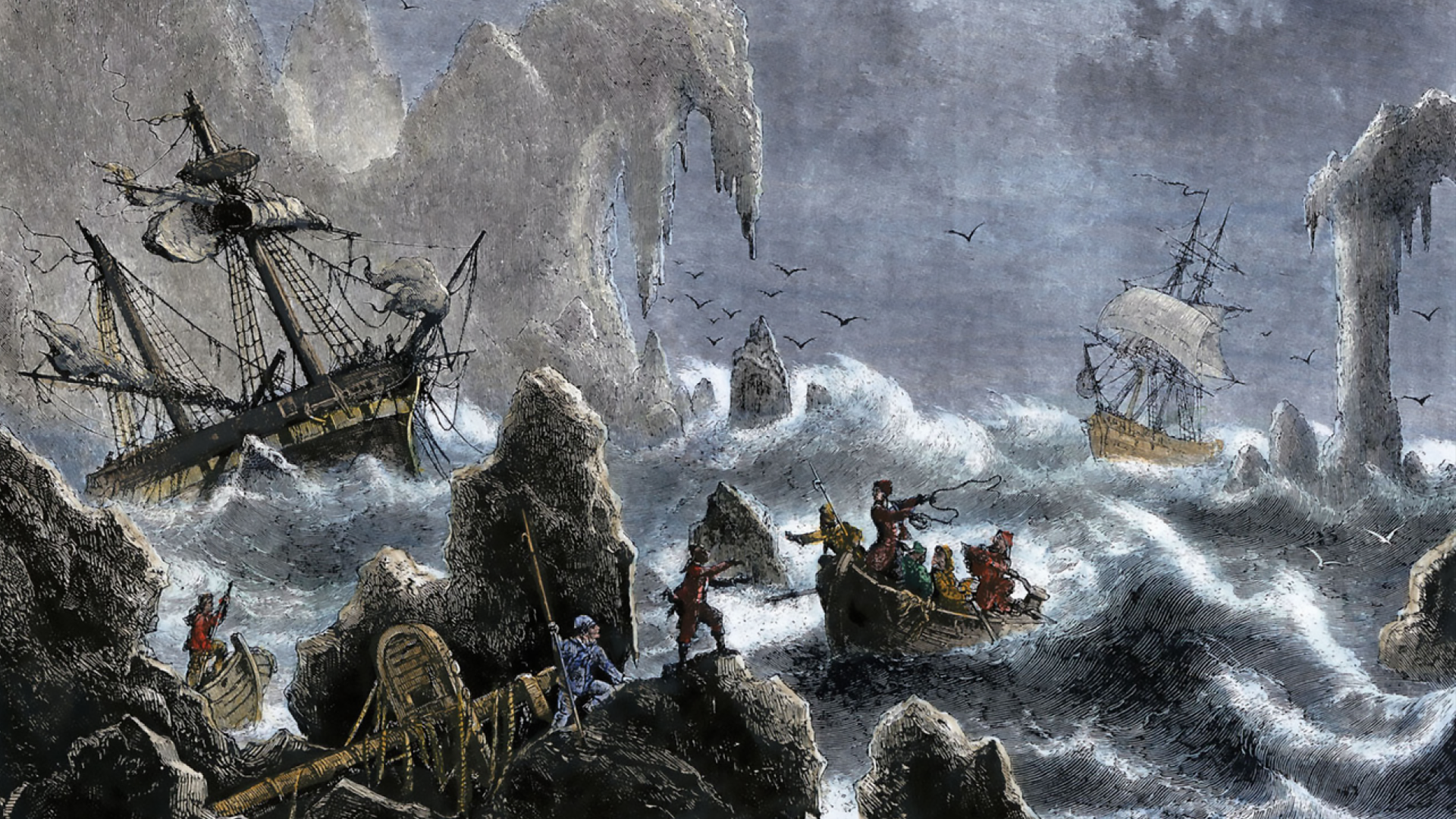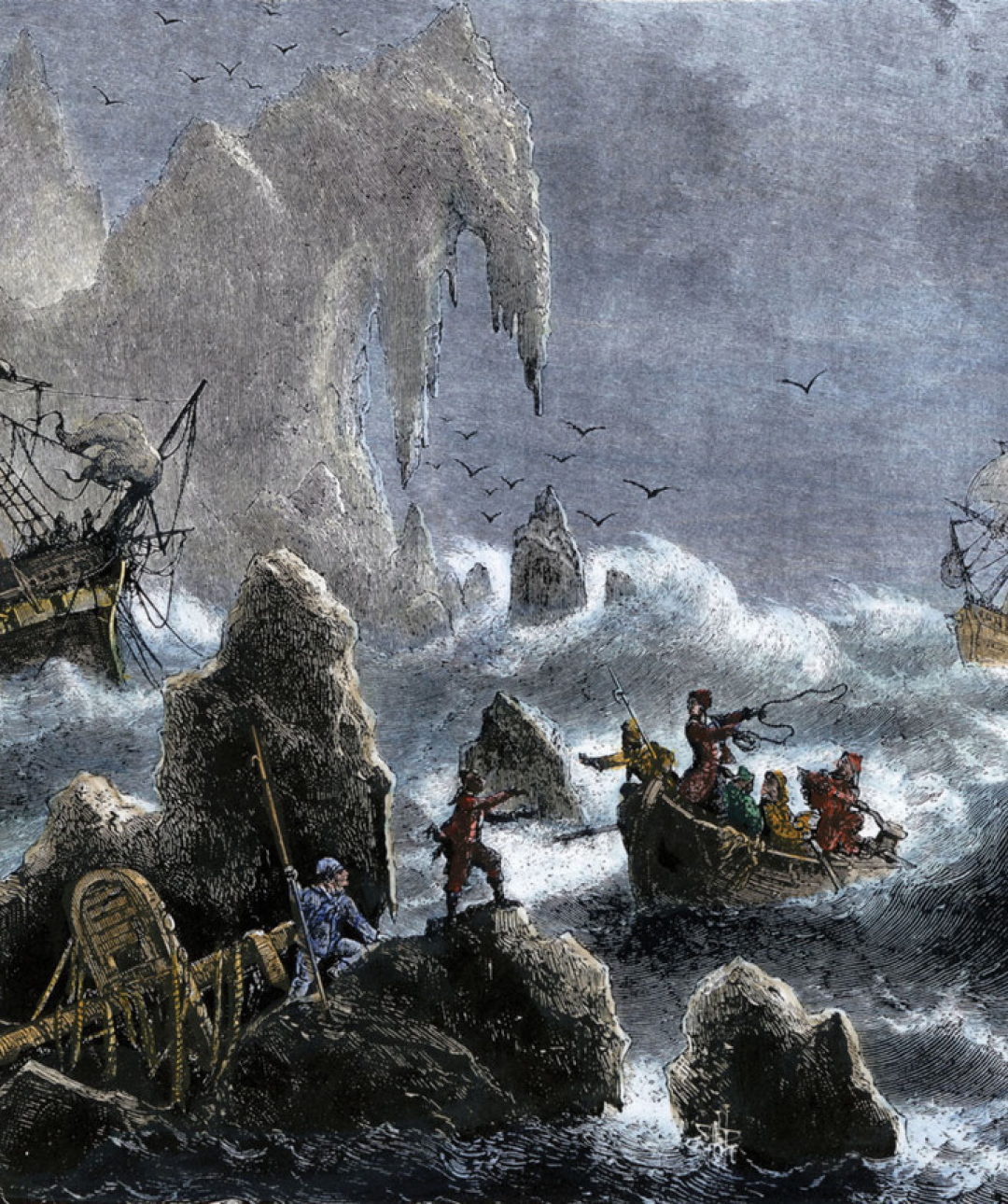

By Casey Michel
In the racial-reckoning summer of 2020, local leaders in a small American town gathered for a contentious vote on whether to take down a statue that honored a man who was, as one assessment read, “steeped in racial division, violence and injustice.” Would they join local leaders from cities in Virginia, Alabama and other states to remove a memorial praising a figure who symbolized a “historical trauma” that still caused anguish and anger among their constituents?
The town council listened, and debated, and finally decided. By a margin of 6-1, the seven members voted to join the floodtide of decisions elsewhere to take down another symbol of historic oppression.
This statue, though, had nothing to do with the Confederacy or the Civil War. Rather, this vote took place in Alaska, in the small coastal town of Sitka (population 8,400), located on an island about halfway between Anchorage and Vancouver, British Columbia. And the statue was of a Russian, a merchant by the name of Aleksandr Baranov, a key figure in Russia’s conquest of Alaska over 200 years ago. The resolution authorizing the removal said Baranov, who was Alaska’s first colonial governor, “directly over[saw] enslavement of Tlingit and Aleut people,” a policy that was “often justified under a theory of racial and cultural superiority.” Baranov’s criminality — which included, among other things, the “violation of Native women” and “murder and theft of Indigenous property” — was so depraved that local Tlingit nicknamed him “No Heart.”
The removal of Baranov’s statue never cracked into the national news cycle. And maybe that’s understandable, given the protests rocking the rest of the country at the time. But it’s also understandable for a related reason: Russia’s colonization of Alaska — and the rampant violence, spiraling massacres and decimation of local Alaska Native populations that came along with it — is hardly well-known among the broader American body politic. Even with new reassessments of European colonization of North America, as well as the recent spike in scholarship regarding the U.S.’s bloodied imperialism across the American West, Russia’s role in smothering and seizing Alaska stands apart as an overlooked chapter of colonialism on the continent.
It’s also an overlooked aspect of Russian history inside Russia. Official accounts of Russian expansion suggest that Russia simply agglomerated neighboring peoples as part of its defensive acquisition of territory, happily gathering new peoples and new lands into Moscow’s embrace. In Russia’s telling, the word “colonialism” applies to only other empires, not to the Russian one. As Foreign Minister Sergei Lavrov recently claimed, Russia has “not stained itself with the bloody crimes of colonialism.”
But as the removal of Baranov’s statue indicates, Russia’s colonial legacy is hardly forgotten in Alaska. And given Russia’s renewed lurch toward imperialism in places like Ukraine, that legacy is arguably more resonant now than it’s been in decades — or perhaps ever.
Hit enter to search or ESC to close